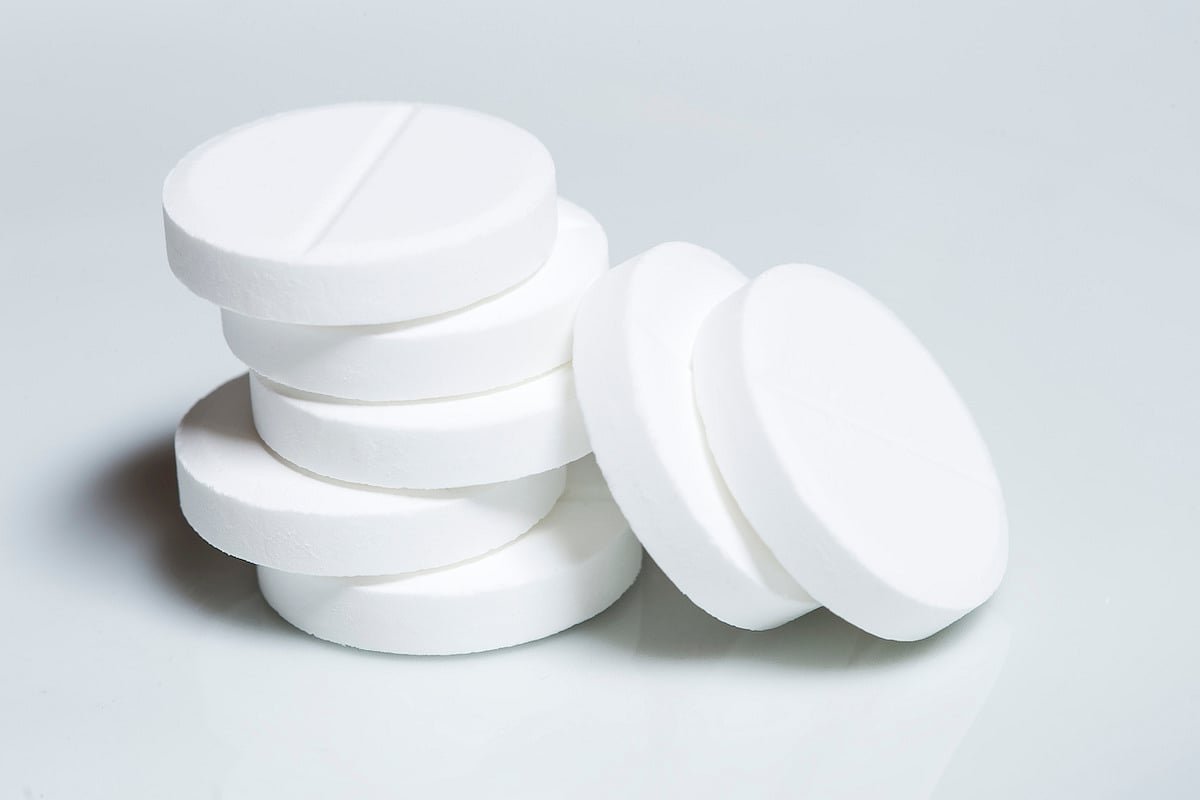Photo Credit: CIPhotos
Various factors impact the risk for subsequent respiratory conditions among children with RSV before age 2, including prematurity and socioeconomic status.
“Recurrent wheeze and childhood asthma have been associated with RSV bronchiolitis, particularly in a child’s first RSV season,” Minda (Mohinder) Sarna, PhD, notes. “It has been unclear to what extent RSV in infancy increases the risk for childhood asthma and how much risk factors such as genetic predisposition and other host and environmental risk factors cause a subset of children to be at a higher risk for severe RSV and childhood asthma.”
For a study published in Open Forum Infectious Diseases, Dr. Sarna and colleagues “sought to identify some of these risk factors,” she says. “If we can quantify this risk and identify children at risk, we can potentially avoid later asthma cases if RSV infections are avoided during infancy.”
The researchers examined sociodemographic and perinatal factors associated with respiratory morbidity later in childhood that required secondary care after a laboratory-confirmed case of RSV in the first 2 years of life. The study utilized data from a birth cohort that included 252,287 children born between 2000 and 2009, with follow-up through the end of 2012.
Factors Associated With Risk for “Wheezy Phenotype”
Researchers identified 4,151 children with a confirmed case of RSV before age 2. Almost half (42.7%) were aged 6 months to less than 24 months (Table).
Among all children with early RSV infection, 12.5% experienced the first episode of asthma, wheezing, or unspecified acute lower respiratory infection after age 2, for an overall incidence rate of 19.3/1,000 child-years (95% CI, 17.6–21.2). The incidence rate for subsequent respiratory morbidity declined with age (41.8/1,000 child-years for ages 2 and 3; 13.0/1,000 child-years for ages 4 and 5; and 5.7/1,000 child-years for ages ≥6).
Children who had RSV between 6 and less than 12 months of age had approximately 1.5 times higher rates of respiratory morbidity than children who were younger than 3 months of age at the time of RSV infection; the rate was 1.4 times higher in children aged 12–24 months. Additional risk factors for later respiratory morbidity included extreme prematurity (<28 weeks: adjusted HR [aHR], 2.22; 95% CI, 1.40–3.53), maternal history of asthma (aHR, 1.33; 95% CI, 1.04–1.70), and low socioeconomic index (aHR, 1.76; 95% CI, 1.03–3.00).
“Children who were hospitalized with an RSV infection in their first or second RSV season, born prematurely, had a family history of asthma, or came from a disadvantaged background had a higher prevalence of asthma, wheeze, or unspecified acute lower respiratory infection in later childhood,” Dr. Sarna says. “This speaks to ‘host susceptibility factors,’ such as preterm birth, as a result of immature lungs, and family history, which relates to genetic susceptibility. These children have underlying ‘vulnerabilities’ that interact with RSV to increase the risk for developing a ‘wheezy phenotype.’”
These associations are age-dependent, Dr. Sarna notes. Further, the researchers found that certain risk factors are present regardless of whether a child had RSV. “However, when present, RSV increases the risk for a wheezy phenotype,” she says.
Expanding RSV Prevention to Older Children
According to Dr. Sarna, the timing of exposure to RSV infection in the first 2 years of life is important in developing subsequent asthma and wheezing in children.
“The difference in risk between children with and children without RSV suggests that in addition to young infants and children born extremely or moderately preterm, young children aged 6 to 24 months should also be considered as potential target groups for RSV prevention to reduce the burden of subsequent RSV-associated asthma,” she says.
It remains unclear, however, whether RSV-associated lower respiratory infection is a causal factor for respiratory illness, a marker of susceptibility, or both, despite a well-known positive association between RSV-related lower respiratory tract infections and subsequent wheezing illnesses.
“Now that we have a promising monoclonal antibody and a maternal vaccine for RSV, we should be able to design efficacy trials that generate evidence for causality and convincingly prove that preventing RSV infection can prevent childhood asthma,” Dr. Sarna says.





















Create Post
Twitter/X Preview
Logout